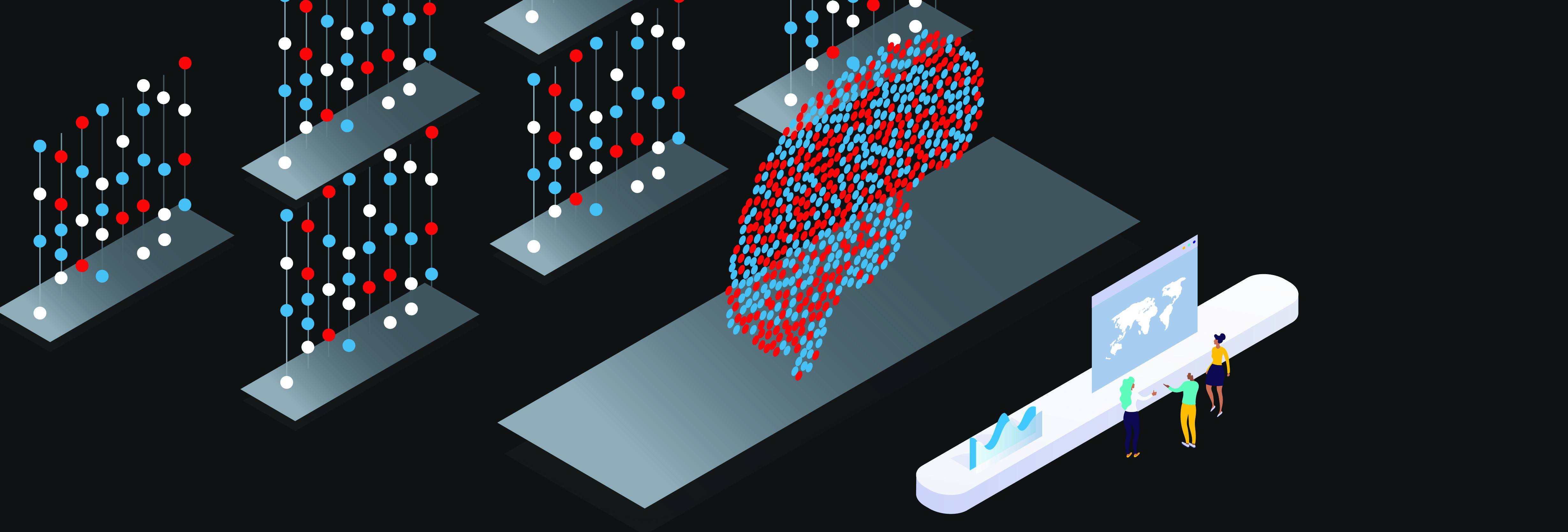AIOps is fast changing from a technology that was viewed with skepticism to an industry-changing innovation responding to the challenges of managing multifaceted, hybrid IT environments. Recently, our partner Pinnacle Technology Partners (PTP) hosted a panel discussion entitled: “Improving IT Management & Automation with AIOps,” led by Gary Derheim, VP of Managed Services & Marketing at PTP who interviewed executives and technical experts from PTP and OpsRamp. They discussed the phenomenal impact of automation in IT, the evolution of MSPs, and how OpsRamp AIOps helps them meet their customer needs. Here are the key highlights from the conversation.
GD: What are your thoughts on AIOps and how OpsRamp leverages it to help partners?
OpsRamp: When it comes to modern IT operations, there has been a massive shift from the on-prem, legacy system model to a SaaS-based, nimble, and efficient model. AIOps is a buzzword that has been described in different ways in the industry. We define it as intelligence that reduces the time a human spends on repetitive operations. OpsRamp is a SaaS platform that helps enterprises manage modern infrastructure in hybrid cloud environments. We leverage AIOps in three main ways:
- Alert correlation. This can reduce the volume of overall alerts. We have seen a 95% reduction in alerts from our customers using OpsRamp AIOps.
- Intelligent notifications. OpsRamp automates the ticket creation process and takes action on alerts, thereby reducing the manual workload.
- Self-healing. You can teach OpsRamp to take action. For example, instead of having an individual reboot a server, OpsRamp can learn when to take contextual action.
GD: What does a next-gen MSP look like and how is AIOps helping companies get there?
PTP: Visibility is key when it comes to modern IT operations. As an MSP, your toolset has to dynamically scale in step with workloads and resources. That’s critical. The data along with the trends has to align overarchingly with the business goals and be reviewed consistently. Keeping things running is no longer the only goal. There is a lot more to unpack in managing a customer’s infrastructure effectively. From a next-gen MSP standpoint, relationship matters. We have to become the customer’s extended IT team and be a trusted advisor for the customer. (OpsRamp’s) AIOps has helped us gain more efficiency. In the past year, we have knocked down our events-to-incident ratio by 80% across all customers. As a next-gen MSP, you also have to help your customers evolve with regards to better architecture or efficiencies, by lowering costs and reducing downtime. These are some of the areas where OpsRamp is helping us meet customer needs.
GD: Can you share with us a day in the life for you as a client service engineer and how it helps to have all the alerts and information go into one tool?
PTP: A day in life for me is jumping between customers and pieces of equipment. It’s nice to be able to login to devices quickly and easily using a single tool. This is one of the advantages of OpsRamp. It’s built for both the end-user or a specific organization/MSP. For me, it’s easy to jump between customers using a simple drop-down list. You can look at configuration backups, trends, and graphs of all devices at the customer level. You can customize monitoring templates and deliver what the customer needs. It also helps to have all the customer environments in one place so I can manage everything with a single pane of glass.
GD: How have the expectations changed with today’s customers?
OpsRamp: We divide the response for AIOps into three levels:
- C-Level: With the C-suite, having a consolidated view of the critical business services is the priority. Are my critical business services performing or not? If not, can I get it fixed with a click of a button? We cater to this requirement using business service maps which help identify problem areas and remediate.
- Director level: Directors care more about root-cause analysis, visibility, shadow IT and having a holistic picture of the infrastructure.
- Operator level: Reducing the manual work of IT operations staff using AI so that they can focus on higher priorities is where we focus here.
GD: How important is it to monitor your cloud assets? There is an argument that you do not need a separate tool to do this.
PTP: There is no debate. This should be mandated. Organizations need visibility into infrastructure wherever it resides, be it cloud or on-prem. You still need to monitor performance or failure and report accordingly. If you don’t have complete visibility, you cannot make informed IT decisions effectively. The approach should be to monitor the cloud environment just as stringently as the traditional environment.
GD: What are some scenarios where OpsRamp’s advanced capabilities came into play?
PTP: OpsRamp’s alert management and historical graph features helped us identify a CPU utilization issue with one of our customers. This helped prevent a major outage and downtime. The ability to look at historical information and identify the processes eating up the CPU was super critical to take remedial action.






